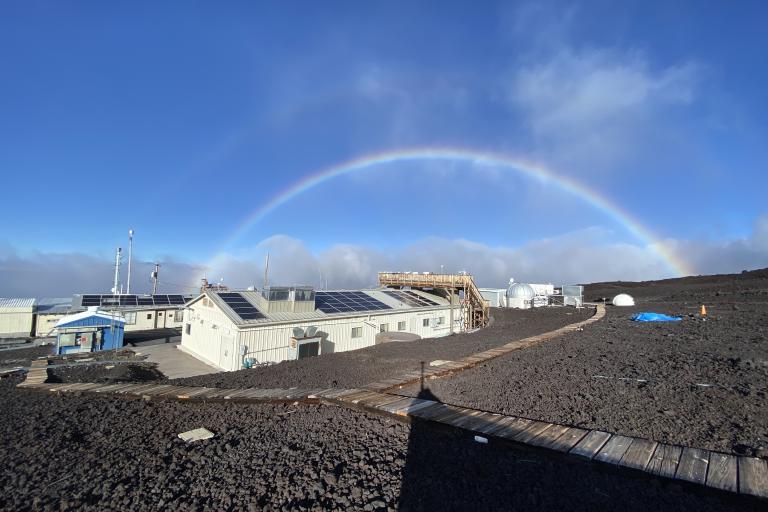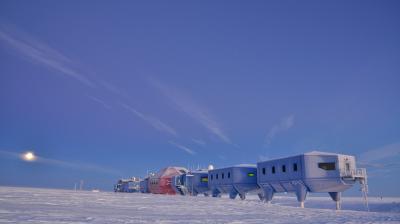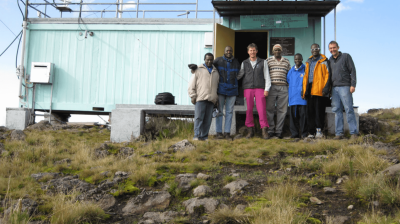WMO Greenhouse Gas Bulletin No. 19

The abundance of heat-trapping greenhouse gases in the atmosphere once again reached a new record last year and there is no end in sight to the rising trend. Global averaged concentrations of carbon dioxide (CO2), the most important greenhouse gas, in 2022 were a full 50% above the pre-industrial era for the first time. They continued to grow in 2023.
The rate of growth in CO2 concentrations was slightly lower than the previous year and the average for the decade, according to WMO’s Greenhouse Gas Bulletin. But it said this was most likely due to natural, short-term variations in the carbon cycle and that new emissions as a result of industrial activities continued to rise.
Methane concentrations also grew, and levels of nitrous oxide, the third main gas, saw the highest year-on-year increase on record from 2021 to 2022, according to the Greenhouse Bulletin, which is published to inform the United Nations Climate Change negotiations, or COP28, in Dubai.
This WMO Greenhouse Gas Bulletin devotes its cover story to the Global Greenhouse Gas Watch, which was approved by the World Meteorological Congress in May. This ambitious initiative envisages sustained greenhouse gas monitoring in order to be able to account for both human activities related and natural sources and sinks. It will provide vital information and support for the Paris Agreement goal of limiting global warming to well below 2°C and aiming for 1.5°C above pre-industrial levels.
- Record levels of heat-trapping gases mean further temperature increase
- Carbon budget is shrinking fast
- Climate change impacts include more extreme weather, sea level rise
- Global Greenhouse Gas Watch will support climate action
A propos de la série
This Bulletin represents the latest analysis of observations from the WMO GAW Programme.




